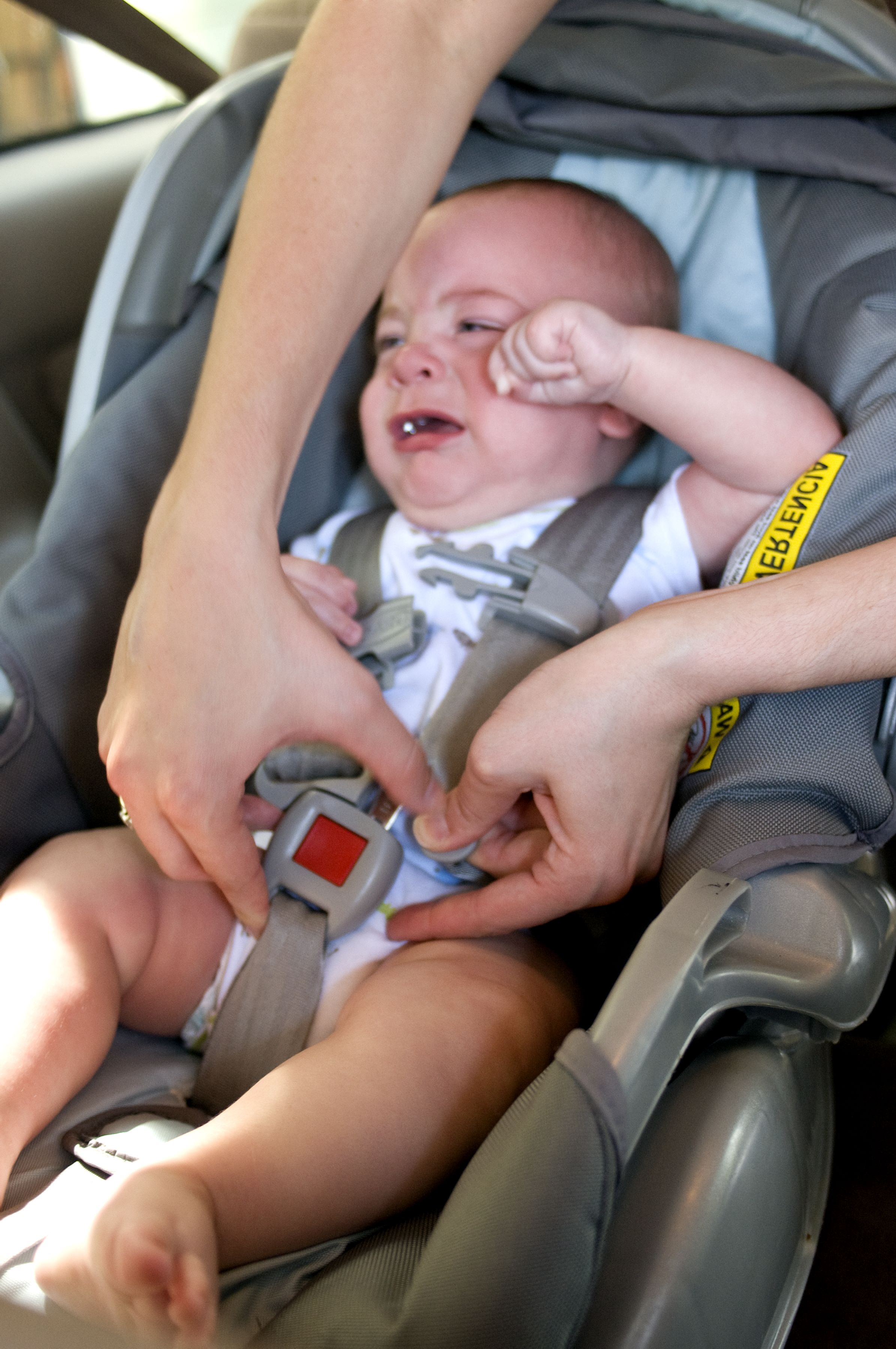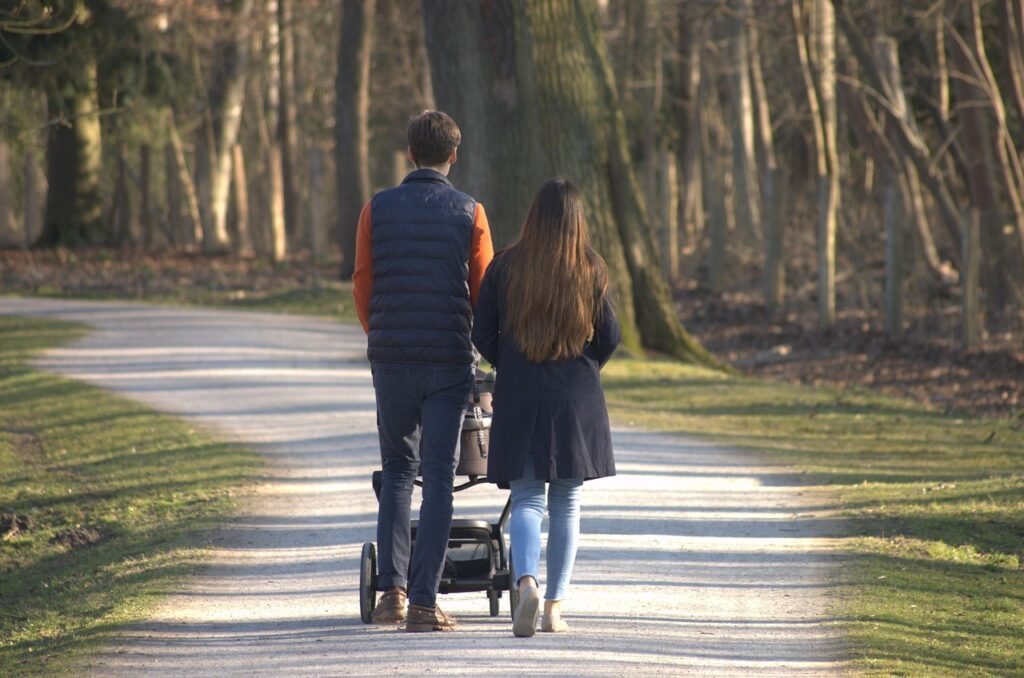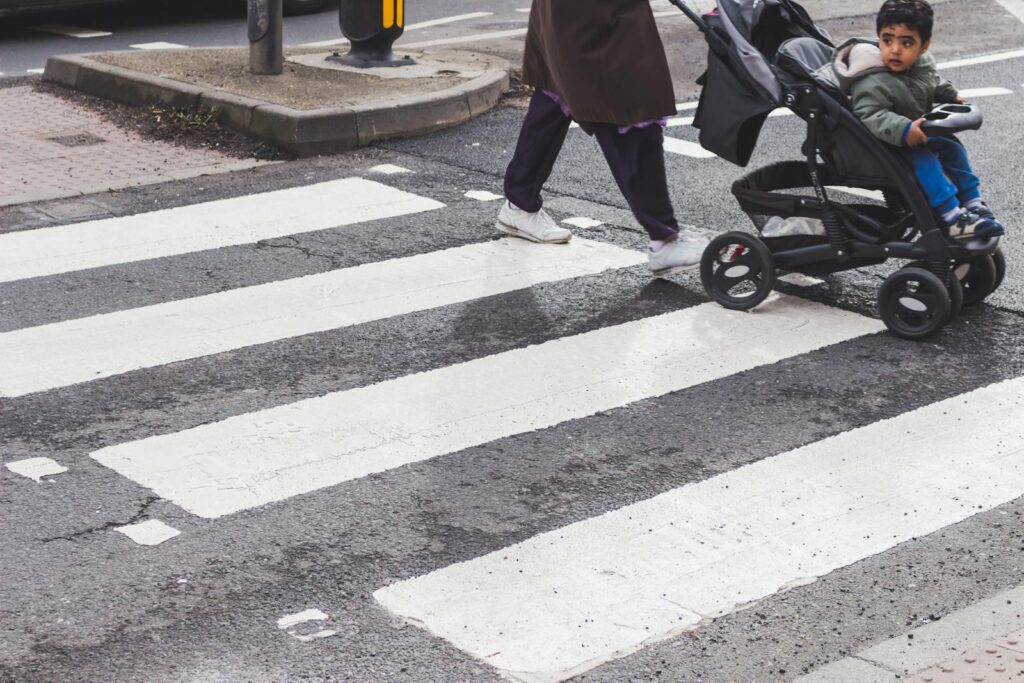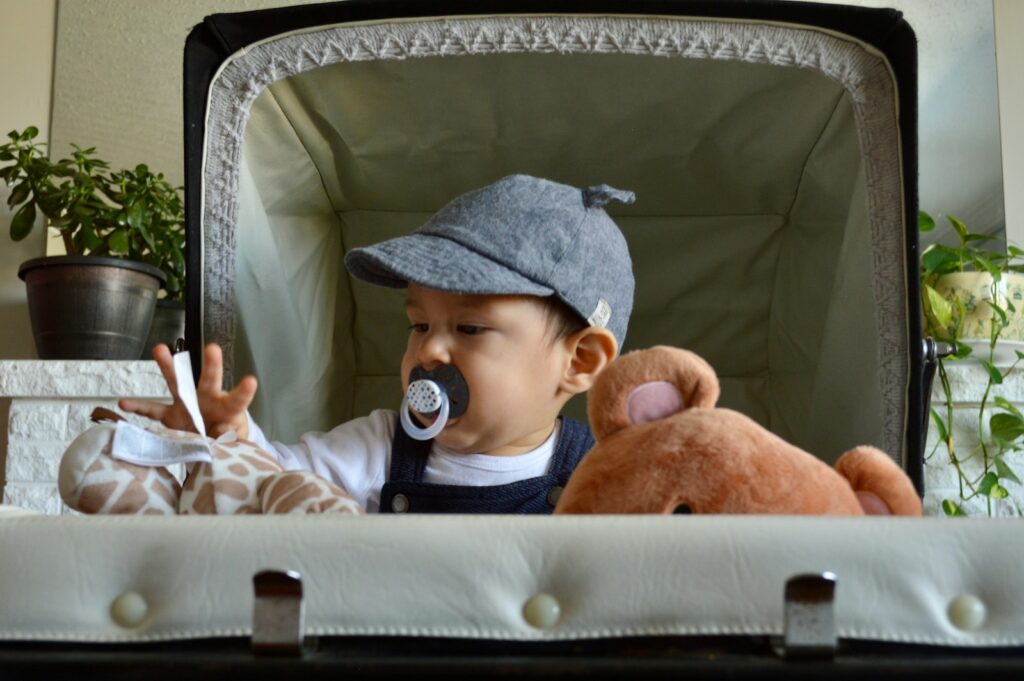
In an effort to ensure the safety of infants and young children, regulatory agencies have recently issued critical warnings and initiated investigations into several popular baby products, including a specific stroller model and a widely used car seat. These actions underscore the paramount importance of vigilance for parents and caregivers when selecting and utilizing child restraint systems and conveyances.
Understanding these safety advisories is not merely a recommendation but a necessity. The information provided aims to equip families with the knowledge needed to make informed decisions, mitigate risks, and ensure their children are protected from potential hazards. From immediate cease-use orders to ongoing investigations, the details presented here are crucial for maintaining child safety in everyday life.
This article compiles the latest safety warnings and regulatory insights, offering a comprehensive guide to understanding product risks, adhering to safety standards, and responding effectively to official guidance. Prioritizing child safety begins with awareness, and this overview is designed to foster that critical understanding for all concerned parents and caregivers.
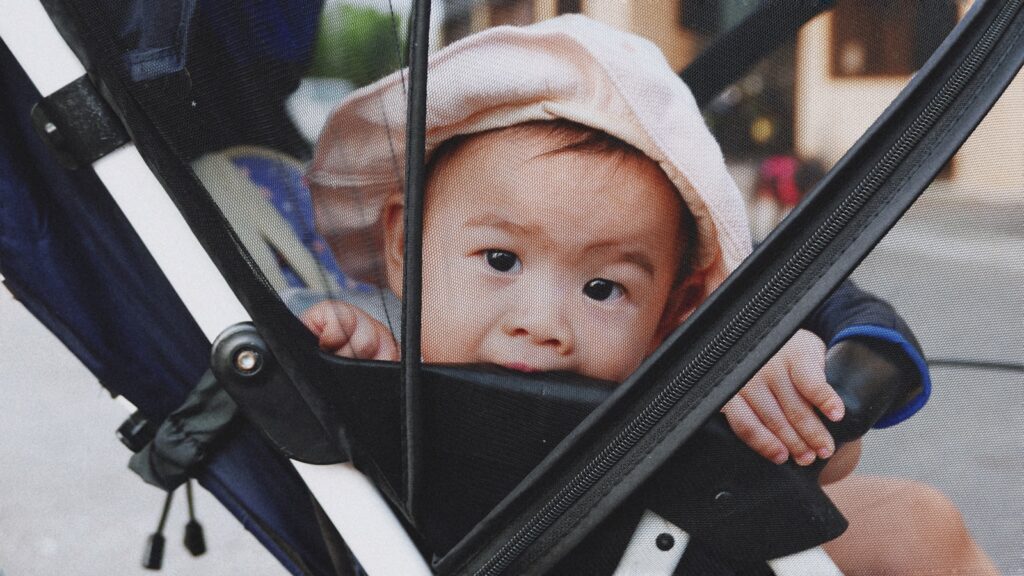
1. **Magic ZC Stroller: Immediate Hazard Warning**The U.S. Consumer Product Safety Commission (CPSC) has issued an urgent warning to consumers, advising them to immediately stop using Magic ZC-branded model V9 infant strollers. This directive comes due to severe safety concerns that pose a risk of death or serious injury to babies. The primary hazard identified is an entrapment risk, stemming from an opening between the seat and the grab bar. This design flaw violates federal stroller regulations, making the product unsafe for infant use.
Further compounding the issue, the hand-held infant carrier accessory, which is sold as part of the stroller travel system, also fails to meet established safety requirements. Specifically, it does not comply with the markings, labeling, and instructional literature standards mandated under the hand-held infant carrier standard. These failures indicate a broader pattern of non-compliance with critical safety benchmarks.
The CPSC has actively engaged with the manufacturers, Dongguanshi Maijikekeji Youxiangongsi and Dongguan Reborn Trade Technology Co. Ltd., both doing business as Magic ZC and based in China. A Notice of Violation was issued to these firms; however, they have not agreed to an acceptable recall plan. This lack of agreement necessitates the CPSC’s public warning and strong recommendation for immediate cessation of use.
The Magic ZC-branded 2-in-1 and 3-in-1 stroller travel systems are identifiable by their foldable stroller seats, which convert into a bassinet. They are available in various colors including pink, gray, peach, cream, and black, all featuring golden metal accents. “Magic ZC” is visibly printed on the golden frame and stitched onto the stroller’s seat, while “model V9” can be found on the cover of the instructional manual. The 3-in-1 system notably includes a hand-held infant carrier and an attachment base for car use, which is also implicated in the safety concerns.
Given the severity of the identified hazards and the manufacturers’ failure to initiate a recall, the CPSC urges consumers to stop using these strollers immediately and to dispose of them. It is critical that these hazardous products are not sold or given away, to prevent further potential harm to other children. Any incidents involving injury or product defects should be reported to the CPSC via www.SaferProducts.gov, ensuring that regulatory bodies can gather further data and take appropriate action.
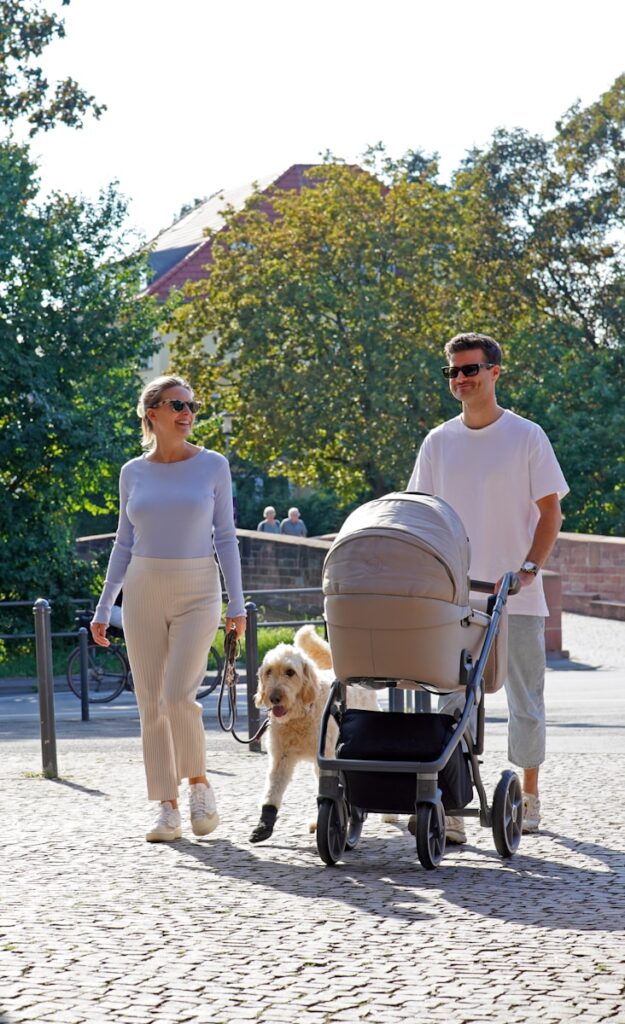
2. **Evenflo Revolve 360: Understanding the NHTSA Investigation**The National Highway Traffic Safety Administration (NHTSA) has launched an investigation into the Evenflo Revolve 360 car seats, driven by concerns that these popular models may not fully comply with specific Federal Motor Vehicle Safety Standards (FMVSS) 213 requirements. This investigation, which commenced on January 5, 2024, focuses on the core design feature of this convertible car seat: its detachable base. NHTSA has identified potential safety issues related to this separation capability.
The Evenflo Revolve 360 all-in-one rotational convertible car seat with LockStrong offers three modes of use: rear-facing for infants weighing 4 to 40 pounds, forward-facing for children weighing 22 to 65 pounds, and a booster mode for children weighing 40 to 120 pounds. The affected Evenflo products encompass various models including Revolve, Revolve360 Extend, and Revolve Slim, along with their respective Gold Editions that feature a SensorSafe chest clip, lifetime warranty, and free crash replacement. The primary appeal of these seats is their 360-degree rotation capability, which simplifies buckling and unbuckling children and eases the transition between rear-facing and forward-facing orientations.
Despite NHTSA’s expressed reservations regarding the car seat’s design, Evenflo has maintained its position, disputing the regulatory body’s interpretation of the safety standards. Consequently, Evenflo has continued to self-certify and market the Revolve 360 series. This divergence in perspective highlights the inherent complexities and differing interpretations within the industry concerning child safety regulations and the enforcement of established standards.
Understanding how car seat safety standards are established and enforced is crucial for consumers. NHTSA is responsible for delineating the safety standards that car seat manufacturers must adhere to, ensuring the safety of their products. Manufacturers, in turn, are tasked with self-certifying compliance with these standards, which includes conducting all necessary testing. Once certified, a child’s seat can then be legally introduced into the market for sale to consumers.
NHTSA’s specific concern regarding the Evenflo Revolve 360 centers on the detachability of the harness from its base. According to NHTSA standards, such a feature is typically permissible only in infant car seats where the harness can be installed independently without the base. The investigation was prompted by reported incidents and complaints of the Revolve 360 shell separating from its base during at least six distinct vehicle crashes. It is important to emphasize that this investigation is ongoing, and no conclusive decisions have been made regarding a potential recall for the US market. Therefore, making definitive assertions about the safety of the Evenflo Revolve 360 or any other car seat under investigation would be premature at this stage.
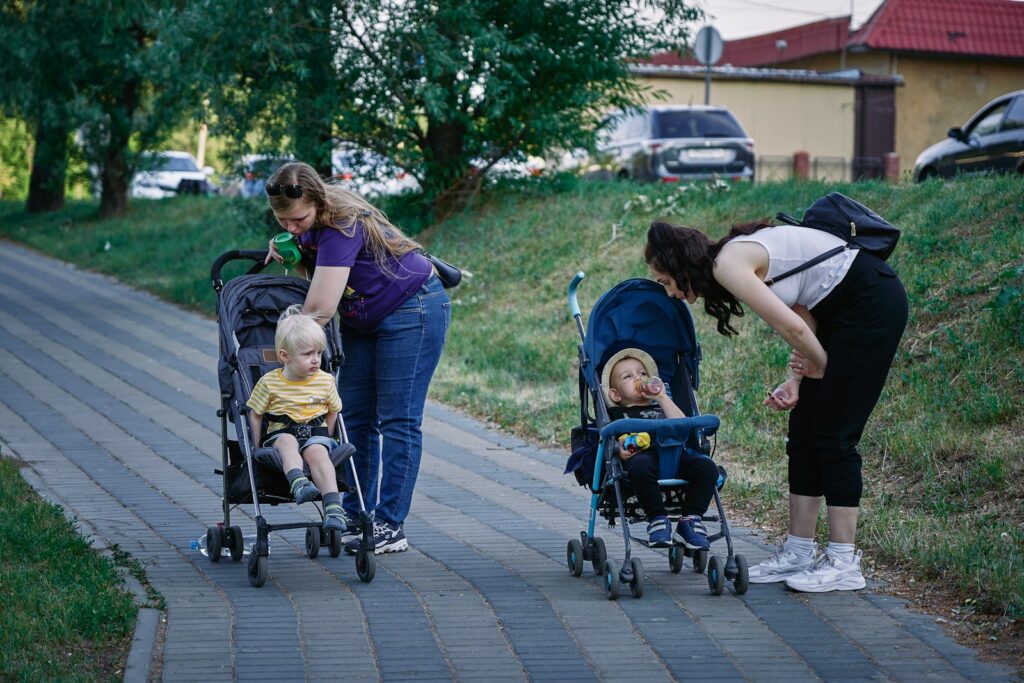
3. **Evenflo Revolve 360: Canada Recall and US Safety Status**While the investigation into the Evenflo Revolve 360 car seat continues in the United States, it is important for consumers to be aware of a specific recall that has been issued for certain Evenflo Revolve360 Slim seats sold in Canada. This distinct recall pertains to seats manufactured in 2023, 2024, and 2025. The reason for the Canadian recall is that certain seats, when installed in a rear-facing position using the vehicle seat belt and tether, did not meet the requirements of Canadian regulations by a slight margin. This issue is specific to the Canadian regulatory environment and installation methods.
Evenflo has clarified that the US version of the seat is still considered safe. This distinction is critical for American parents, as the Canadian recall does not automatically extend to products sold or used within the United States. The company emphasizes that the US version of the seat remains compliant with current US safety standards, and the identified issue in Canada does not relate to the revolving mechanism itself, which is a key feature of the Revolve 360 series.
For Canadian owners whose seats are part of this recall, Evenflo will provide direct notification to registered owners in writing. This notification will include details on how to obtain a remedy kit, which will be provided free of charge. Owners can also contact Evenflo customer service for assistance, using the provided phone numbers or by visiting their online registration portal. This process ensures that affected customers receive the necessary components or guidance to address the compliance issue.
Parents and caregivers in the US should note that as of the available information, there are no Evenflo Revolve 360 recalls in the United States. While recalls are infrequent, registering any car seat with its manufacturer is always recommended. This practice ensures that owners are immediately notified of any safety alerts, including potential recalls, allowing them to take prompt action to protect their children. The ongoing investigation in the US underscores the importance of staying informed and adhering to manufacturer instructions and safety guidelines.
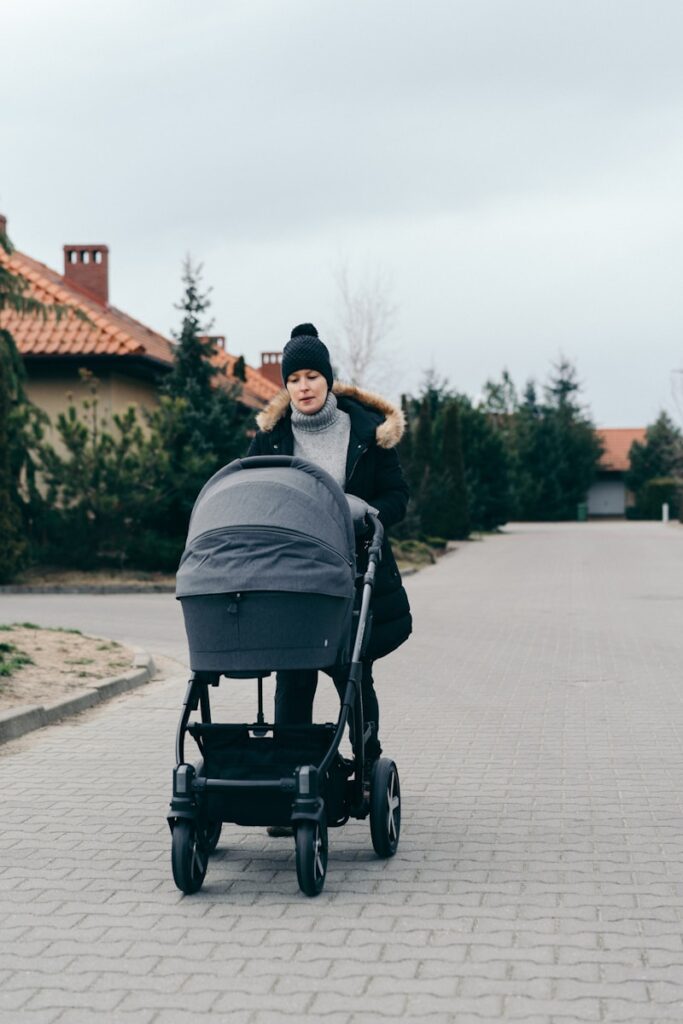
4. **Stroller Safety Standards: Navigating Regulations**Ensuring the safety of a baby stroller is paramount for any parent, and this safety is underpinned by a complex framework of national and international standards. These regulations are designed to minimize risks, such as falls, tip-overs, and entrapment, which unfortunately account for approximately 64,373 stroller-related injuries annually according to the National Institute of Health. Familiarity with these standards is the first step in choosing a safe and reliable stroller.
In the United States, the Consumer Product Safety Commission (CPSC) plays a crucial role in developing and enforcing mandatory safety standards for strollers. These guidelines cover essential components like latching mechanisms, wheel durability, and restraint systems. For instance, CPSC guidelines stipulate that strollers must feature robust latching and locking systems to prevent inadvertent collapse, maintain stability to prevent tip-overs, and be designed without small parts that could pose a choking hazard. Furthermore, strollers are required to be clearly labeled to address potential traps and falls, providing critical information to users.
Complementing the CPSC’s efforts, the American Society for Testing and Materials (ASTM International) establishes standards in collaboration with industry experts, manufacturers, and consumer advocacy organizations. The ASTM F833 standard is a particularly significant mandatory federal safety standard that all strollers sold in the United States must meet. This comprehensive standard specifies requirements for stability, folding mechanisms, harness systems, and labeling, ensuring a holistic approach to stroller safety. Specific requirements include latching and locking devices to prevent unintended folding or collapse, design to avoid finger trapping in openings, and frame and canopy hinges that prevent scissoring, shearing, and pinching injuries.
Beyond North America, international bodies also set stringent safety benchmarks. The European Committee for Standardization (CEN) has its EN 1888 standard, which specifies stroller safety requirements in Europe. This standard encompasses criteria such as tipping resistance, structural integrity, and locking systems. Testing baby strollers to EN 1888 is the preferred method for demonstrating compliance with the Wheeled Child Conveyances (Safety) Regulations 1997. The EN 1888 standard addresses a wide array of potential dangers, including chemical, thermal, mechanical, asphyxia, entanglement, and choking/ingestion hazards, and also includes durability tests using a rolling road simulator.
Canada operates under the Canada Consumer Product Safety Act (CCPSA), enforced by Health Canada. This act applies broadly to consumer products, including strollers, with a focus on ensuring they are not harmful to children. The CCPSA mandates that manufacturers adhere to specific safety standards, which closely mirror those of the US CPSC regulations, but with modifications tailored to Canadian circumstances. Key requirements include the use of durable and non-toxic materials, adequately tested restraint systems, clear warning labels for potential hazards, detailed stability and safety testing, and checks on folding mechanisms to prevent pinch hazards.
Finally, the International Organization for Standardization (ISO) contributes to global safety with its ISO 31110 standard, titled “Wheeled child conveyances – Pushchairs and prams – Requirements and test methods.” This standard offers internationally recognized best practices for stroller safety, specifying requirements and test methods for performance testing to ensure strollers are both safe and reliable. Additionally, organizations like the American Academy of Pediatrics (AAP) provide valuable recommendations for stroller use, emphasizing the importance of secure harness systems, effective brake mechanisms, and robust structures. The AAP’s advocacy is instrumental in promoting stroller safety regulations and practices aimed at protecting young children.
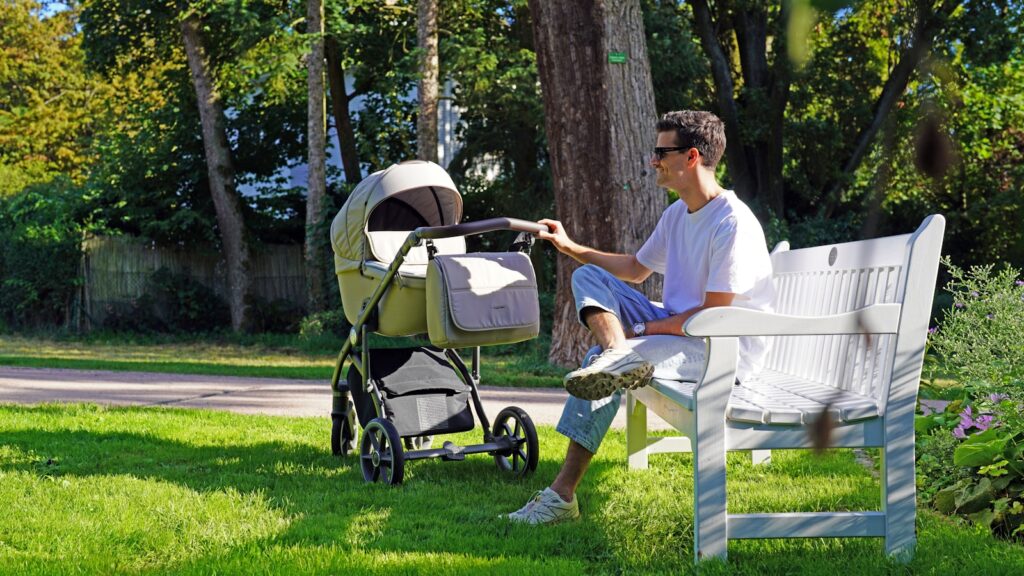
5. **Key Stroller Safety Features: What to Look For**Choosing an ideal baby stroller involves more than just aesthetics; it’s a critical decision that directly impacts a child’s safety and comfort. An excellent stroller not only provides convenience and ease of mobility for parents but also offers peace of mind through its robust safety features. Understanding these key features is essential for making an informed purchasing decision.
One of the most crucial safety features is the **Five-Point Harness System**. This is widely considered the gold standard in stroller safety harnesses because it entails five connection points designed to restrain a child securely at the shoulders and hips – the stiffest areas of their body. This design is specifically engineered to enhance safety, particularly by distributing forces to these robust body parts and the seat itself. The harness straps should always be adjustable to comfortably accommodate a growing child, ensuring a snug but not overly tight fit for maximum protection. Parents must always ensure this system is properly fastened, even for short trips.
The **Braking System** is another indispensable safety component, vital for keeping the stroller securely in place when stationary. Strollers commonly feature different braking methods. Many utilize a single-action brake, which engages both rear wheels simultaneously with a single foot push. Alternatively, some strollers employ double-locking brakes, requiring each wheel to be engaged separately. Double-locking systems can offer increased safety by being less prone to accidental disengagement, though both types, when functional, are effective. Regular inspection and testing of the braking system are crucial to ensure its responsiveness and proper operation.
**Stability and Structure** form the foundational integrity of any safe stroller. Parents should actively seek out strollers constructed with a sturdy, well-built frame. A wider wheelbase significantly enhances stability, greatly reducing the risk of the stroller tipping over, a hazard particularly relevant for models with higher seats or those designed to carry multiple children. Look for strollers that boast a low center of gravity and reinforced frames. Verifying that a stroller meets established safety regulations provides additional confidence in its inherent steadiness and structural integrity.
**Wheels and Maneuverability** are critical factors influencing how easily a stroller can be pushed and controlled in various environments. Swiveling wheels are exceptionally useful for navigating crowded spaces with agility, while lockable wheels are beneficial for providing greater stability, especially in jogging strollers or on uneven terrain. It’s important to ensure that wheel locks or swivels can be engaged firmly and securely. Parents should also consider the size of the wheels; larger wheels often perform better on rough or uneven surfaces, providing a smoother and safer ride.
Finally, **Safety Hinges and Locks** are paramount for protecting a child’s fingers from pinch points, particularly during the folding or unfolding processes. These mechanisms are designed to ensure that the stroller’s construction remains solid and stable during use, effectively preventing sudden collapses or unexpected movements. When evaluating a stroller, look for models with clear lock indicators that show when the frame is securely in place, and sturdy hinges that automatically engage once the stroller is fully opened. Regular checks of these mechanisms are advisable to ensure they have not loosened or become compromised over time, maintaining the stroller’s operational safety.
Read more about: The 2025 Toyota Wish Redesign: The Ultimate MPV Reimagined, and Your Guide to Finding Your Automotive Wish List Gem
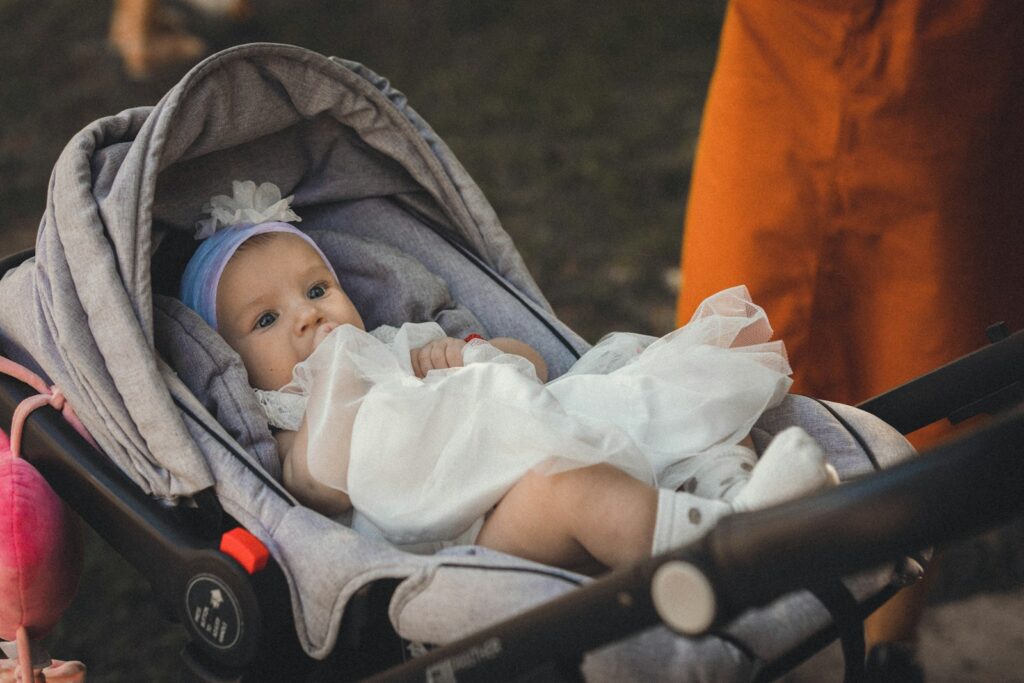
6. **Common Stroller Hazards: Identifying and Avoiding Risks**While modern strollers are designed with numerous safety features, understanding and actively avoiding common hazards is critical for preventing injuries. Stroller-related incidents are unfortunately frequent, often involving scenarios that are preventable with proper awareness and use. By recognizing these prevalent risks, parents can take proactive steps to safeguard their children.
One of the most frequent stroller incidents is **Tip-Over Risks**, primarily caused by improper weight distribution. These dangerous events can occur if heavy bags are carelessly hung on the handlebars, if a child shifts their weight abruptly within the stroller, or if the stroller is used on an uneven surface. To mitigate these risks, parents should consistently use the stroller on flat, firm ground. It is also imperative to always place heavier bags in the designated storage basket, rather than hanging them from the handlebars, which significantly alters the stroller’s center of gravity and increases the likelihood of a tip-over. Adhering to the stroller’s specified weight limits is also crucial.
**Finger Entrapment** is another common concern, particularly associated with the folding and unfolding mechanisms of strollers. These actions can create pinch points that pose a risk to small, curious fingers. To minimize this specific hazard, parents should prioritize strollers that feature child-safe folding mechanics and clearly visible locking indicators, which confirm when the frame is securely in place. Furthermore, it is essential for parents to familiarize themselves thoroughly with their stroller’s folding mechanism and, critically, to always keep children at a safe distance during these operations to prevent accidental injuries.
**Faulty Brakes** represent a significant safety defect that can lead to severe consequences. There are instances where a stroller’s brakes, even when engaged, may fail to hold or function correctly, allowing the stroller to unexpectedly roll away and potentially injure a child. To counteract this risk, parents should conduct frequent inspections of the braking system to ensure it operates smoothly and responsively. This involves verifying that the brakes engage and disengage effectively and without hesitation. Should any sluggishness or impaired responsiveness be observed, it is vital to contact the manufacturer immediately or seek assistance from a trained repair expert to diagnose and resolve the issue before further use. Regular maintenance and testing are paramount for brake reliability.
Following an understanding of common stroller hazards, implementing best practices for stroller use becomes the next vital step for parents and caregivers. While design and manufacturing adhere to stringent safety standards, the daily operation of a stroller plays an equally critical role in ensuring a child’s safety. Adopting mindful habits and consistent checks can significantly reduce the risk of preventable accidents.
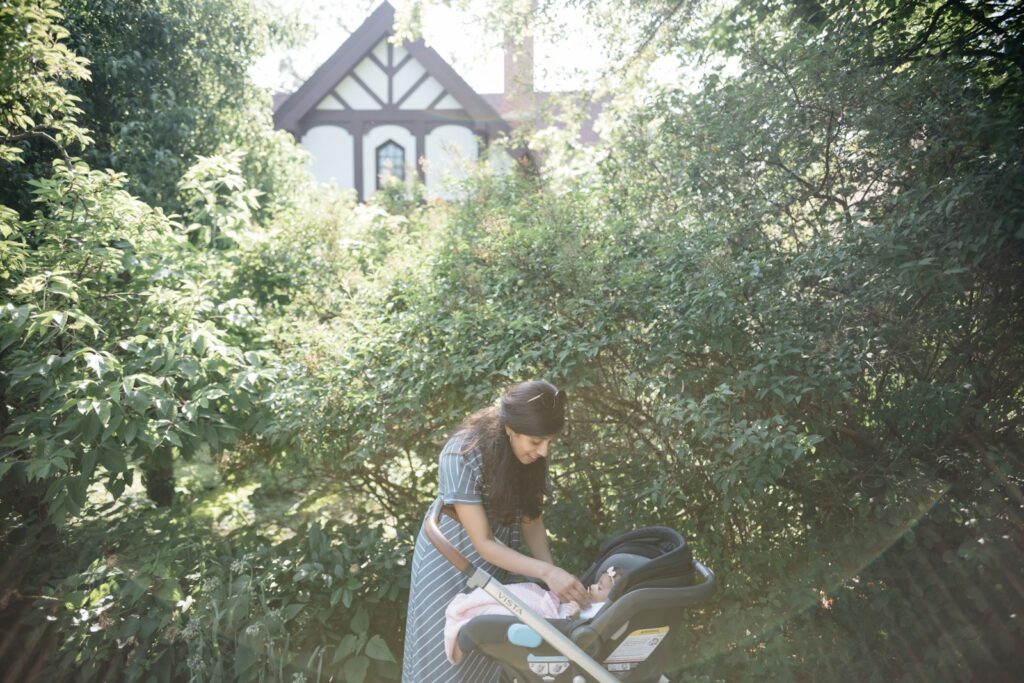
7. **Best Practices for Stroller Use**Ensuring child safety extends beyond selecting a stroller with optimal features; it deeply involves the daily practices parents adopt. Proper use of the stroller’s components, mindful loading, secure parking, and regular maintenance are all essential elements that contribute to a safe environment for young passengers. By integrating these habits, caregivers can proactively manage potential risks associated with stroller operation.
The consistent and proper use of restraint systems is paramount, as falls are a leading cause of stroller-related injuries. Parents must always secure their child in the stroller’s harness or seatbelt, even for very short excursions. The five-point harness, designed to secure a child at the shoulders and hips, is particularly effective. It is critical to ensure a snug, yet comfortable, fit and to regularly inspect the harness for any signs of wear or damage that could compromise its integrity.
Another crucial practice involves avoiding the temptation to overload the stroller or hang heavy bags on its handlebars. Such actions can significantly alter the stroller’s center of gravity, increasing the risk of tip-overs. Instead, parents should consistently utilize the designated storage basket for heavier items and adhere strictly to the weight restrictions specified in the user manual. Distributing weight evenly helps maintain the stroller’s balance and stability.
When a stroller is stationary, particularly on sloped or uneven ground, activating the braking system immediately is non-negotiable. For enhanced safety, positioning the stroller perpendicular to a slope can further minimize the likelihood of it rolling away if the brakes were to disengage accidentally. Furthermore, caregivers should remain aware of their immediate surroundings, avoiding areas with heavy foot traffic where accidental bumps could lead to unintended movement.
Routine maintenance and testing of the braking system are also essential responsibilities. Parents should habitually check that the brakes engage and disengage smoothly and effectively. Over time, dirt and debris can accumulate around wheel hubs and braking mechanisms, potentially impairing performance. Regular cleaning, lubrication according to manufacturer guidelines, and seeking professional assistance for any observed decline in brake responsiveness are critical steps to ensure long-term reliability. Constant supervision of children in strollers, preventing them from climbing or reaching for potentially hazardous objects, completes this comprehensive approach to best practices.
Read more about: When Perfection Cracks: Dissecting 13 Inherent Flaws That Lead to Consumer Product Recalls
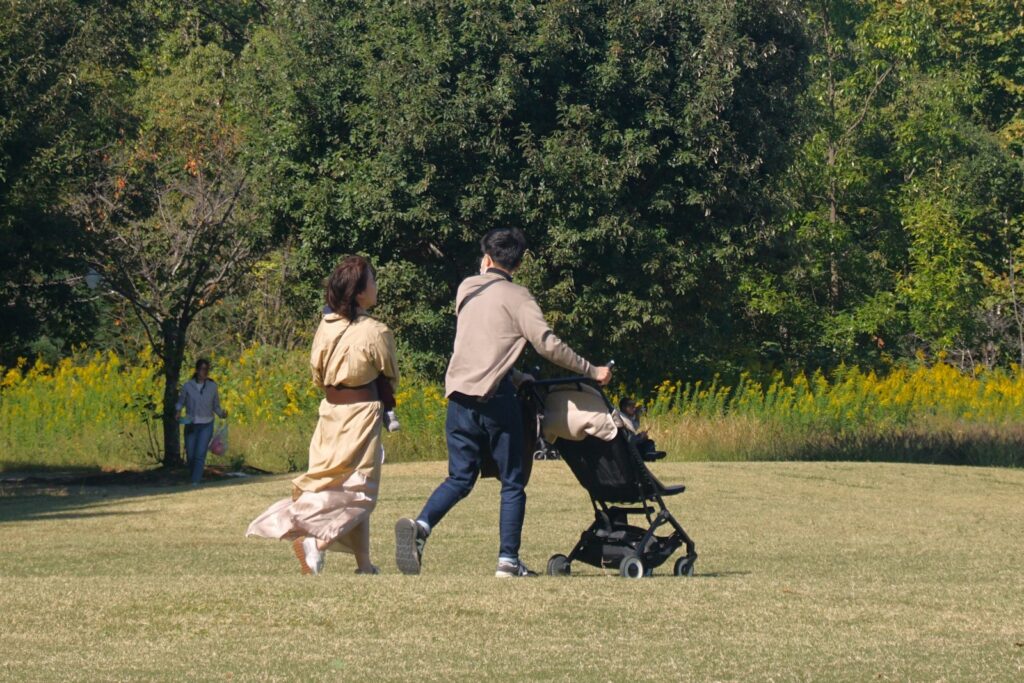
8. **How to Choose a Safe Stroller?**Selecting the appropriate stroller is a multifaceted decision that requires careful consideration of both safety features and individual family needs. The ideal stroller seamlessly integrates into a parent’s daily life, offering convenience without compromising the child’s well-being. Matching the stroller type to anticipated activities and environment is a primary consideration, alongside verifying adherence to established safety standards.
Understanding specific lifestyle requirements is fundamental to choosing a safe stroller. For families navigating urban environments, city strollers are often preferred for their lightweight design and compact size, which facilitate movement through crowded sidewalks and public transportation. Key features to look for in city models include easy folding mechanisms and lockable swivel wheels, enhancing maneuverability in confined spaces. These attributes allow parents to efficiently manage their child’s conveyance without added bulk or difficulty.
In contrast, active parents who enjoy jogging, walking, or hiking with their children will find jogging strollers better suited to their needs. These models are typically equipped with larger, air-filled tires, enhanced suspension systems, and additional controls such as handbrakes for managing speed on descents. A lockable front wheel is also a critical safety feature, providing greater stability at higher speeds or on uneven terrain. It is imperative that parents avoid using standard strollers for jogging, as they are not designed to withstand the stresses of such activities, potentially compromising both the child’s safety and the stroller’s durability.
Beyond considering the type of stroller, reviewing product labels and certifications is an indispensable step in ensuring safety. Reputable strollers will display markings that indicate compliance with national and international safety requirements. These include adherence to standards such as CPSC compliance, ASTM F833 in the United States, or EN 1888 in Europe. These certifications signify that the stroller has undergone rigorous testing to meet specified safety benchmarks, providing parents with confirmed assurance regarding its design and construction. Prioritizing strollers with these regulatory markings directly reflects a commitment to a child’s safety through verified compliance.
9. **What to Do in Case of a Stroller Recall?**Despite stringent manufacturing standards and comprehensive safety features, product recalls are an unfortunate reality in the consumer goods market, including for baby strollers. Staying informed about potential recalls and understanding the appropriate steps to take in such situations is crucial for safeguarding children from potential hazards. Swift and informed action can prevent injuries and ensure children’s ongoing protection.
Identifying a stroller recall typically involves remaining vigilant for official announcements from regulatory bodies such as the Consumer Product Safety Commission (CPSC). These agencies are responsible for publicizing recall information promptly. Additionally, registering a stroller with its manufacturer at the time of purchase is highly recommended. This practice ensures that owners receive direct notifications of any safety alerts or recalls, allowing them to respond without delay. Product labels, often located on the inside of the stroller’s rear legs, typically contain model numbers which are essential for cross-referencing against recall lists to determine if a specific product is affected.
If it is confirmed that a stroller has been recalled, the immediate and most critical action is to stop using the product without hesitation. Even if a particular product appears to be functioning normally or if parents do not perceive an immediate threat, adhering to official recall instructions is paramount. Following this, consumers should contact the manufacturer directly, or the CPSC as advised in the recall notice. Most manufacturers will provide specific instructions, which may include returning the product for a full refund, exchanging it for a safe replacement, or receiving a repair kit to address the identified defect. It is essential to strictly follow these guidelines to resolve the safety issue effectively.
10. **Baby Trend: Our Safety Pledge and Commitment**At Baby Trend, the safety of children stands as the paramount priority guiding every aspect of product design, engineering, and testing. With over 35 years of experience, the company operates under the deep understanding that parents place immense trust in their products. This commitment is reflected in the strenuous testing procedures and thorough quality inspection processes applied to ensure only the safest items reach consumers, demonstrating an unwavering dedication to child well-being.
Baby Trend actively collaborates with key regulatory bodies, including the Consumer Product Safety Commission (CPSC) and the National Highway Traffic Safety Administration (NHTSA), on all reported incidents involving their products. This collaborative approach underscores their transparency and commitment to addressing safety concerns comprehensively. The company strongly recommends that customers register their products via the Baby Trend app, website, or prepaid registration card, enabling rapid communication in the event of safety concerns or recalls.
The company is unwavering in its commitment to the quality of its products and their adherence to the highest safety standards. This ongoing pledge is a cornerstone of their brand reputation. Parents seeking additional information or having questions regarding product safety are encouraged to contact Baby Trend directly or visit the CPSC and NHTSA websites for further resources. This proactive communication strategy aims to keep families fully informed and reassured about their purchases.
In an important safety notice issued on February 10, 2023, Baby Trend addressed the Sit N’ Stand Double Stroller Model SS76 and Sit N’ Stand Ultra Stroller Model SS66. The company reassured parents that these strollers, which have seen over a million units sold since 2009, remain completely safe when used as intended and in strict accordance with operating instructions. However, out of an abundance of caution, Baby Trend joined with the CPSC to urge consumers to remove and store the stroller’s canopy when not in use. They also reminded users to never leave a child unattended and to always utilize the built-in child restraining system. This advisory followed a tragic, rare accident that the company stated could have been avoided if the stroller had not been used as a toy, emphasizing that their products meet all applicable ASTM and CPSC safety requirements.
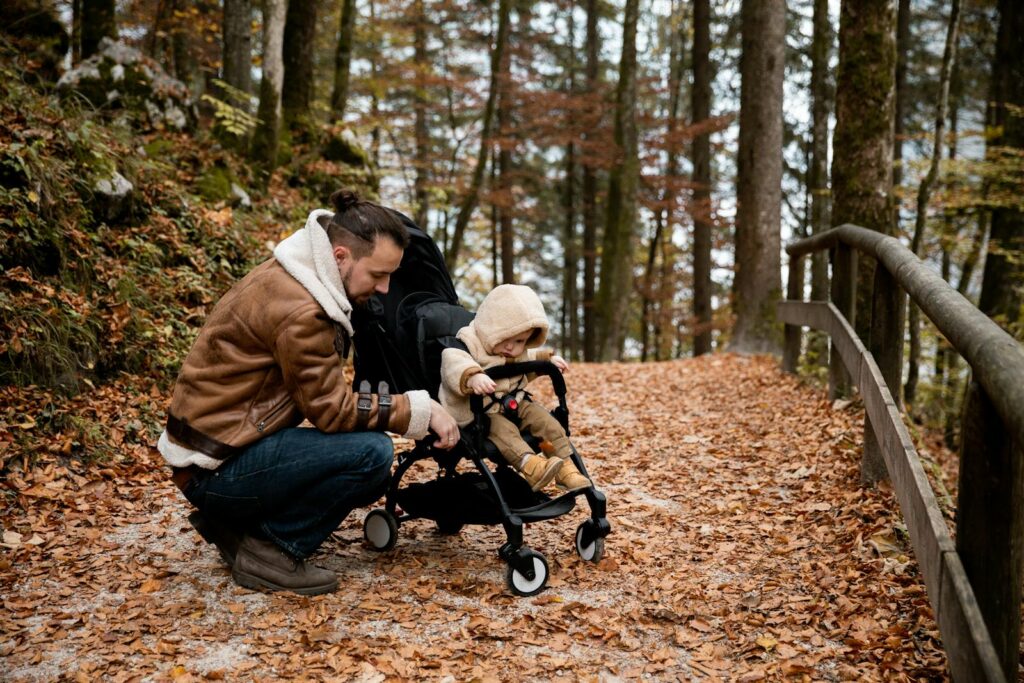
11. **Key Baby Trend Product Recalls and Safety Notices (Part 1)**Baby Trend has, over its history, issued various recalls and important safety notices for a range of its products to uphold its commitment to child safety. These actions, though sometimes rare, highlight the rigorous monitoring and continuous improvement processes within the industry. Understanding these specific instances can further inform parents about potential issues and the manufacturer’s response.
For the Ally™ 35 Infant Car Seat, Baby Trend identified an inaccurate illustration within an initial production run of the owner’s manual. This was not a recall based on product defect but rather a clarification regarding instructional graphics. The company advised owners to check page 42 of their manual for the specific inaccurate figure. If affected, customers were directed to disregard the incorrect illustration, follow directions from a mailed letter, or download an updated owner’s manual online to ensure correct installation and use.
In May 2023, Baby Trend voluntarily recalled a specific LATCH assembly strap on certain Hybrid 3-in-1 Combination Booster Car Seats, model number FB49E14A, manufactured on December 6, 2021. This recall, affecting approximately 2,600 units sold by Walmart, stemmed from the LATCH webbing strap reportedly failing minimum initial breaking strength requirements under Federal Motor Vehicle Safety Standard (FMVSS) number 209. Importantly, Baby Trend reported zero incidents or injuries related to this issue. Owners were advised they could continue to safely use the car seat with the vehicle seat belt in lieu of the LATCH assembly and would receive a replacement strap and installation instructions free of charge.
A recall for the Cityscape Travel Jogger Stroller, model TJ75B12A, was issued on September 15, 2022, due to a parking brake failure. This defect posed a significant fall or tip-over hazard. The strollers, sold online between January 2021 and May 2021 as part of a travel system, were identified by a specific model and lot number (11144 0122, manufacture date 10 28 2020). Baby Trend contacted purchasers directly, offering a return with either a $175 e-voucher for their online store or a full refund, urging immediate cessation of use.
On January 16, 2020, Baby Trend announced a voluntary recall for certain Tango Mini Strollers, specifically models ST31D03A, ST31D09A, ST31D10A, and ST31D11A. The concern was that under excessive pressure, both hinge joints could release, leading to the stroller’s collapse and posing a fall hazard to children. Notably, Baby Trend had received no reports of injuries in connection with this issue. Customers owning these specific models were advised to stop using the product immediately and contact Baby Trend for a free replacement or refund, rather than returning the stroller to the retailer.
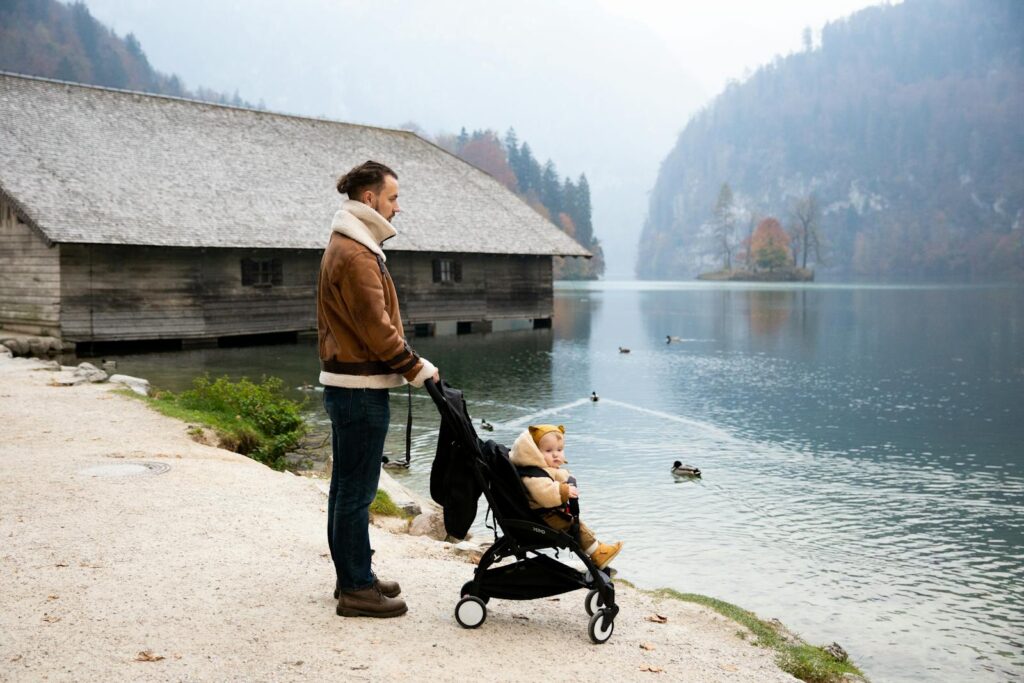
12. **Key Baby Trend Product Recalls and Safety Notices (Part 2)**Continuing the review of Baby Trend’s safety actions, several other critical recalls and notices have been issued, reflecting the company’s diligent oversight across its product lines. These instances underscore the variety of potential safety concerns that can emerge and the importance of specific model and serial number identification for consumers. Each recall, even those without reported injuries, represents a proactive step to ensure child safety.
On January 11, 2017, Baby Trend initiated a voluntary recall for two models of the Hybrid LX 3-in-1 booster seats: FB48417 (manufacture date 7/14/16) and FB58181 (manufacture date 7/23/16). This recall was prompted by a determination that, in a crash, the center adjusters might detach in the harnessed mode when carrying a child weighing more than 40 pounds. The recall was highly specific, affecting only 34 seats with particular serial numbers, and Baby Trend confirmed zero reports of injuries. Affected customers were provided a free replacement by contacting Baby Trend customer service, not the retailer.
An earlier recall on April 15, 2014, involved the TrendZ FastBack 3-in-1 Car Seat, specifically models FB60070 and FB60408, manufactured between October 2011 and July 2013. This action, coordinated with NHTSA, addressed a potential issue where the harness crotch buckle might become resistant to unlatching over time due to contaminant exposure, making it difficult to remove a child. While these car seats met crash safety standards and had no reported injuries, Baby Trend provided a free remedy kit including a replacement buckle and instructions, advising that cleaning the buckle could alleviate immediate difficulty.
Beyond these detailed recalls, Baby Trend has also issued past notices and corrective actions for various products. These included the Home N Rome Playard (between 1992-1995), the Passport stroller model 1514 (July – November 2003), Backpack models 2512 & 2592 (March 2002 – November 2006), and car seat “BASE” only models 6400, 6481, 6439, 6448 (April 2007 – May 2008). Corrective actions were also specified for the Road Runner Jogger and Swing models 8711 or 8722, indicating ongoing attention to product performance and safety over the years.
Consumer Information Notices have also been issued for products such as the TrendZ FastBack 3-in-1 Car Seat (FB60070 & FB60408), EZ-Flex Infant Car Seat-Limestone (CC13797), Flex-Loc Infant Car Seat-Mojito (CC21428), Expedition Travel System-Ion (TJ94073), and Sit-N-Stand Deluxe Travel System-Vanguard (TN74740). These notices often provide clarifications or updates that, while not full recalls, contribute to ensuring informed and safe product use. The extensive history of these advisories demonstrates Baby Trend’s consistent efforts to maintain transparency and address product safety proactively.
Ultimately, proactive engagement with safety information is paramount. Parents and caregivers are consistently urged to contact Baby Trend directly if they have any questions regarding product safety or require additional information. Furthermore, utilizing resources like the National Highway Traffic Safety Administration Vehicle Safety Hotline or visiting www.safercar.gov provides additional avenues for staying informed and ensuring the highest level of protection for young passengers.
Stroller and car seat safety is an ongoing commitment, one that commences long before a purchase is made and continues throughout the product’s entire lifespan. In an age where countless products saturate the market with varying specifications, an informed parent holds the most powerful tool: knowledge. By meticulously choosing high-quality, compliant strollers and car seats, and by diligently adhering to best practices and recall procedures, parents and caregivers can significantly mitigate risks. Prioritizing this vigilance is not merely a recommendation; it is an essential safeguard, providing children with the secure and reliable travel experiences they deserve.

